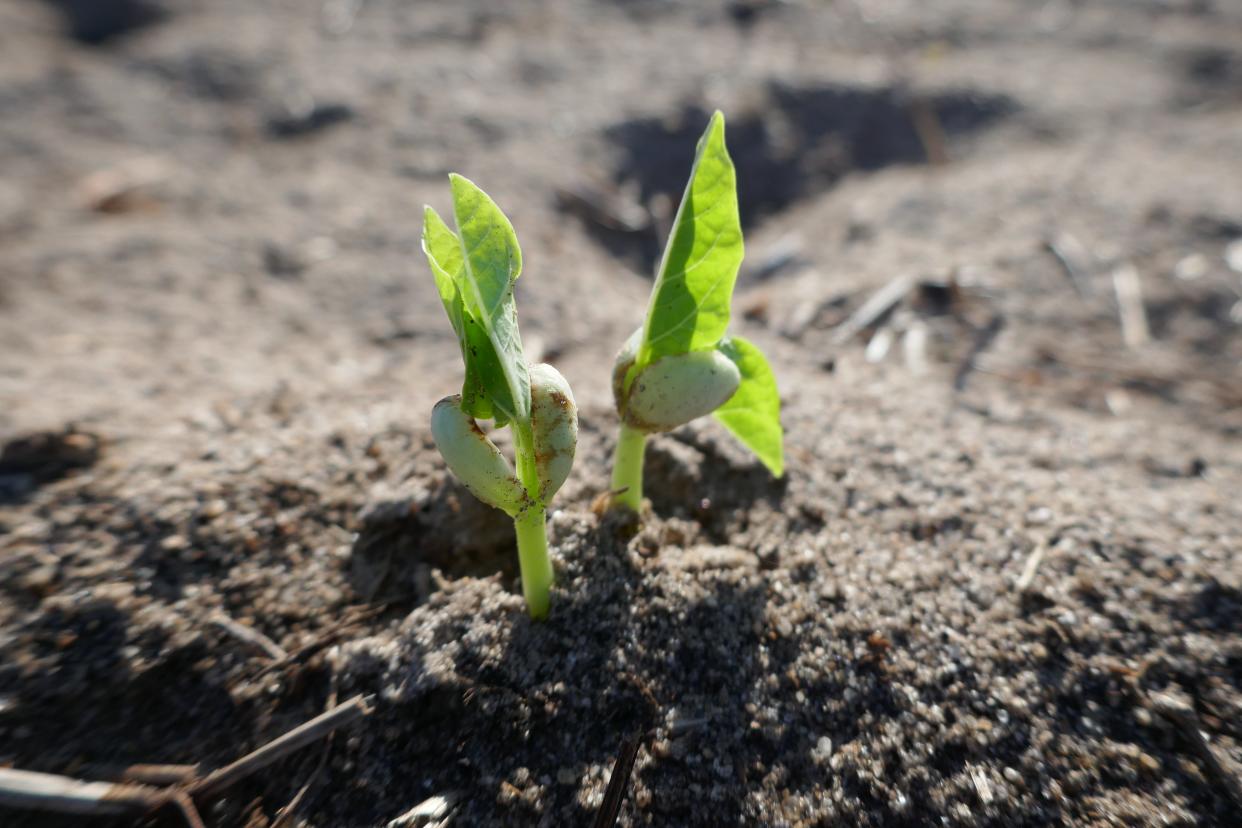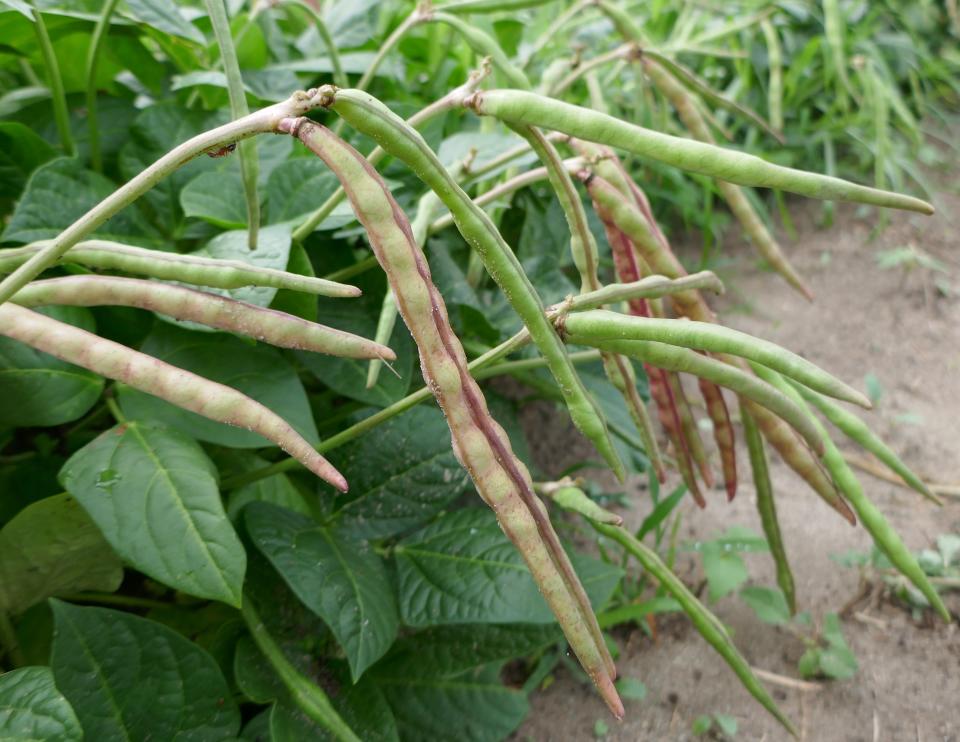Mark Bailey: The time between gardens


When garden space is not being used, much can be accomplished between harvest and planting. Planning for a successful garden begins before the first seed is planted.
As soon as bare ground is exposed, weeds are sure to arrive. A gardener has a few options when it comes to weed control in beds that have not yet been planted. The most common is to regularly hand weed, which takes a lot of time and effort. One of the best hand tools to make the task easier is a stirrup hoe, which is not to be confused with a regular hoe. A stirrup hoe requires little effort and cuts off weeds at their roots. Alternatively, a rototiller also can make short work of weeds in larger garden beds.
Weeds tend to be unrelenting in Florida, and not everyone has time to weed endlessly. Fortunately, the cycle of endless weeding can be broken, or at least greatly reduced. One of the best ways to manage inevitable weeds is to prevent them from emerging to begin with. This can be especially challenging for large garden beds. Weeds can be combated with cover crops. Cover crops work by preemptively crowding out — mostly with shade — emerging weeds. Not only can cover crops prevent weeds, but they also can significantly improve the quality of the soil by promoting beneficial soil microbes, increasing the carbon content of the soil, and releasing nutrients, such as nitrogen, when they decay. All of these can benefit subsequent crops planted after the cover crops have been terminated.
Cover crop options for the warm season include cowpeas, velvetbean and sunn hemp. Cool-season cover crops include various clovers, oats, winter peas, rye, ryegrass and wheat.
For smaller garden spaces, such as in a raised bed, cover crops can work to prevent weeds, but it is easier just to use weed barrier fabric. By preventing light from reaching the soil, emerging weeds will die, or the seeds will not germinate to begin with. All of the soil surface must be thoroughly covered — otherwise weeds will find gaps and quickly emerge. An alternative to the opaque weed fabric is to use a clear plastic tarp or similar material for soil solarization purposes. Direct sunlight is required if effective solarization is to take place; otherwise, the soil temperature may not become hot enough to kill surface weed seeds. Before solarization is attempted, prepare smooth soil then apply the clear tarp material held securely in place, such as with bricks. The solarization process depends upon direct sunlight, so about a week or two of direct sun should be adequate as evidenced by the scalding hot tarp surface. Once complete, peel back the tarp and plant soon after.
The residue from the prior garden is full of nutrients that should be recycled for future garden crops, and the best way to do that is with composting. Between harvest and new planting, amending the soil with compost is an effective way to boost future production. Just like with using cover crops to build healthy soil, the addition of compost increases soil nutrients, beneficial microbes and carbon content. Increasing soil's carbon content matters because more carbon leads to improved soil water and nutrient retention.
Also, between harvest and planting can give the gardener some time to thoroughly plan the next planting.
Consider what was planted, how well each crop performed, and what production methods worked best. Whether or not diseases were noted, it is important to plan for crop rotation by planting unrelated crops so pest and disease cycles can be disrupted. Irrigation lines can be installed or repaired, and irrigation timers can be serviced or calibrated to fit the crop’s needs. It also is a good idea to acquire any additional inputs, pesticides, tools or materials so they are on hand when needed. The actions taken between harvest and planting can help yield a successful future garden.
For more information, call the Marion County Extension office at 671-8400 or email ironhill@ufl.edu.
— Mark Bailey is the Sustainable Agriculture and Food Systems Extension Agent for UF/IFAS Extension Marion County. For more information, contact the Marion County office at 671-8400. The Extension Service is located at 2232 NE Jacksonville Road, Ocala, FL 34470.
This article originally appeared on The Gainesville Sun: Mark Bailey: The time between gardens

